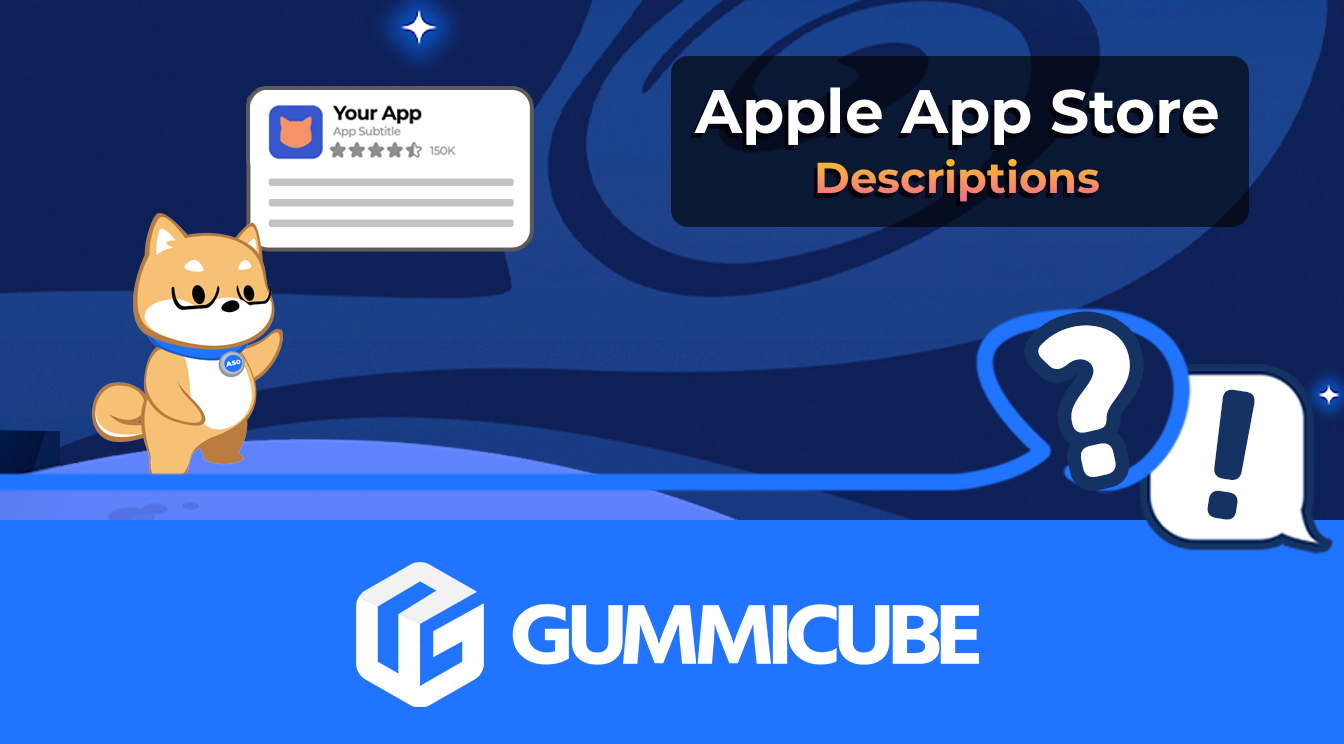
How to Write an Apple App Store Description
Posted on July 17th, 2024
Learn how to approach App Store descriptions the right way so you can effectively engage and convert users.
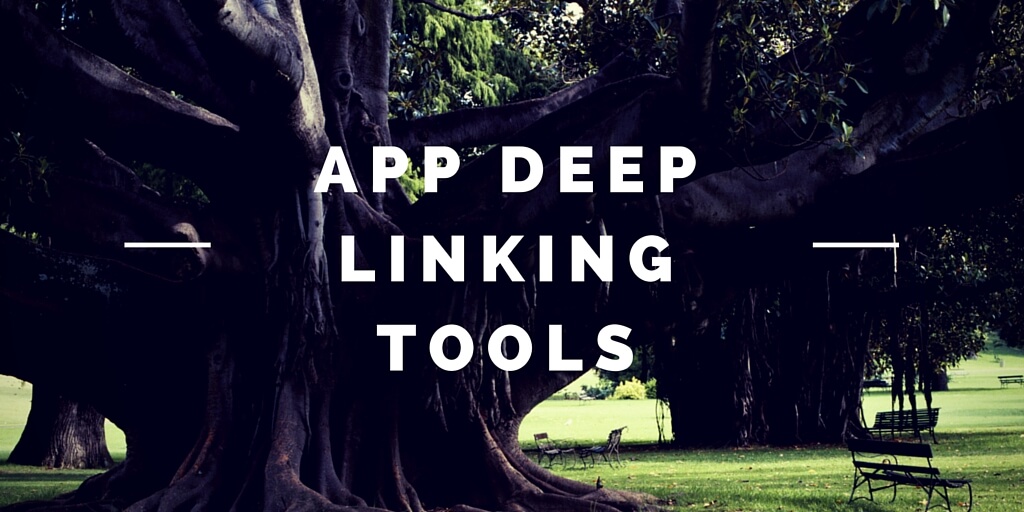
With the release and adoption of the latest versions of the two biggest mobile operating systems - iOS 9 and Android 6.0 Marshmallow - deep linking has moved mainstream. Both iOS 9 and Android 6.0 include a private app index that can access specific in-app content and recall user-generated in-app content and actions. Spotlight search on Apple and Google Now on Android also now index in-app content in search results, funneling users directly to the relevant location once the app is installed.
From an app marketer’s perspective, app visibility is not limited to only the app listing metadata. Mobile apps can now be indexed with depth and specificity. Performing a search using Spotlight or Google Now will surface in-app content of a user’s installed apps first - which impacts user engagement, retention and ultimately value. Sounds awesome and simple right? Here is why we need services and tools - there are several approaches to indexing in-app content, and several competing formats:
Facebook is driving App Links
Google is pushing App Indexing
Twitter has App Cards
Apple has Universal Links
Deep linking helps with not only app discovery, but new user on-boarding, retention, and navigating from Facebook or Twitter to content best viewed in an app. With this range of goals and use cases comes a bit of a fragmented experience in actually implementing and supporting in your mobile apps.
In iOS, there is a public index and a private index that uses multiple iOS APIs. The best way to get started for indexing in-app content that has web parity (also appears on a website) is to use Apple iOS 9 Search Validation tool:  This App Search validation tool will provide suggestions on how to tag content on the web with the in-app location. Using Apple’s universal links, users can easily locate content in your app - even from a web or Spotlight search. BUT - Facebook, Pinterest and Twitter do not support these universal links. We’ll introduce a few tools in a bit that solves this problem.
This App Search validation tool will provide suggestions on how to tag content on the web with the in-app location. Using Apple’s universal links, users can easily locate content in your app - even from a web or Spotlight search. BUT - Facebook, Pinterest and Twitter do not support these universal links. We’ll introduce a few tools in a bit that solves this problem.
Google’s approach to app indexing and deep linking is a bit different as their goal is to be able to index in-app content and display in relevant Google searches. Google has dominated web search, but not so much app search. Mobile has surpassed PCs, and apps have surpassed the web. Mobile apps are discovered predominantly through App Store search, and search is moving to contextual (Siri/Spotlight, Google Now on Tap, Facebook M) and away from broad web search - with the result often a mobile app. If Apple's approach is to index in-app content for a better user iOS device user experience, Google’s is to pull in-app content into web search results (app deep linking SEO), even going so far as to preview in-app content without a user having to install an app. Time will tell which approach the market will prefer, but mobile app publishers have another decision to make as to which standards to adopt in their apps.
As mentioned, Apple, Google, Facebook and Twitter each have different approaches to app indexing, tagging web content and tracking links. Branch.io aims to solve this problem by creating a platform that supports all of the major platforms and lists content on search portals. Branch also provides analytics and attribution, smart banners, tools for customizable/personalized on-boarding and more.

If your app is available for iOS and Android, and is content-rich - Branch.io is well worth checking out.
provides a platform for monetizing a content-rich app with deep links into other, contextually relevant apps.
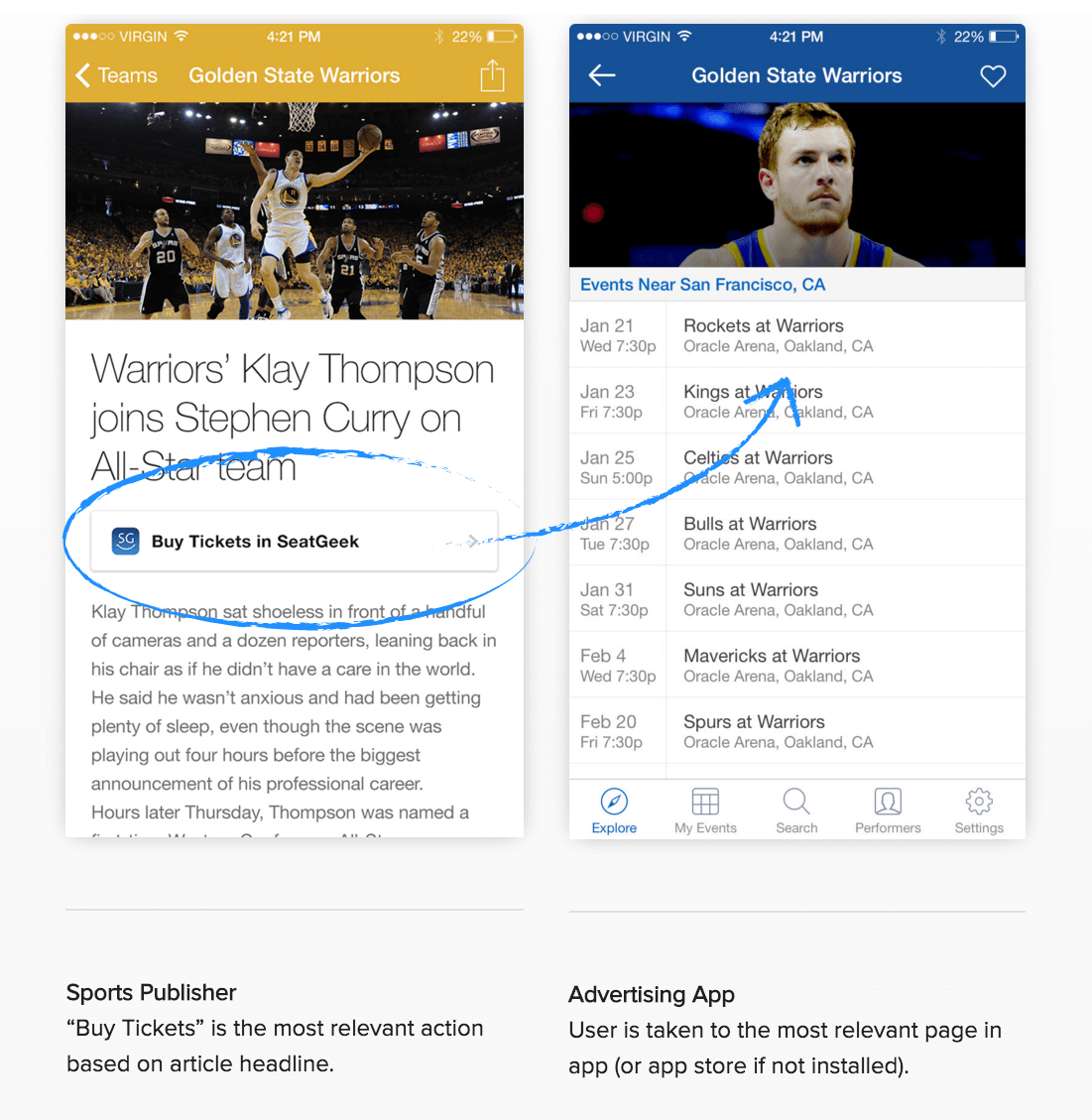
MobileDeepLinking.org provides a guide on mobile deep linking with contributions from many of the top mobile ad networks.
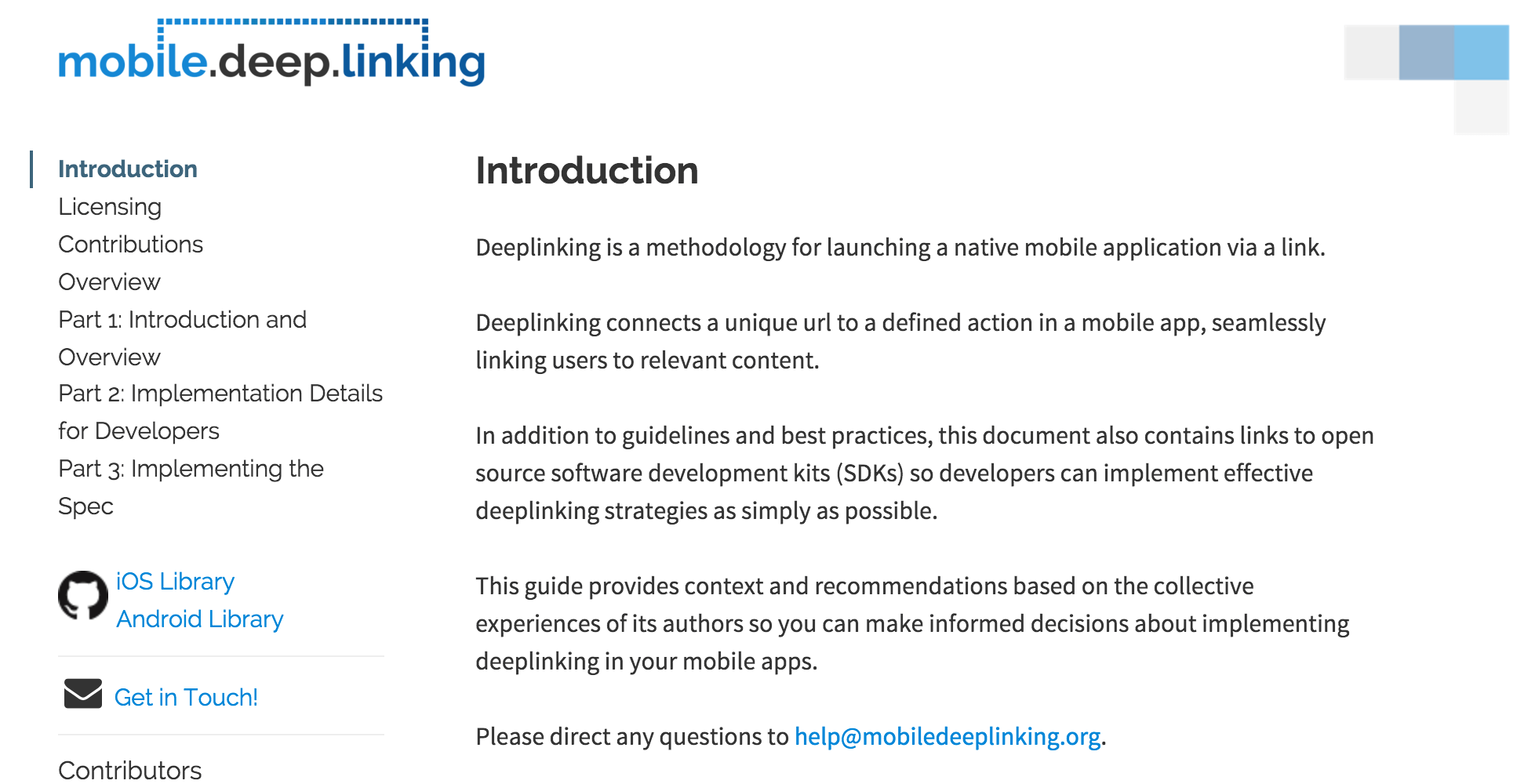
Whether used for on-boarding, acquiring app installs, syncing app and web content, retention or discovery - the benefits of implementing app deep links far outweigh the initial complexity.

Learn how to approach App Store descriptions the right way so you can effectively engage and convert users.

Learn how to grab your audience's attention through effective and engaging app store preview videos.
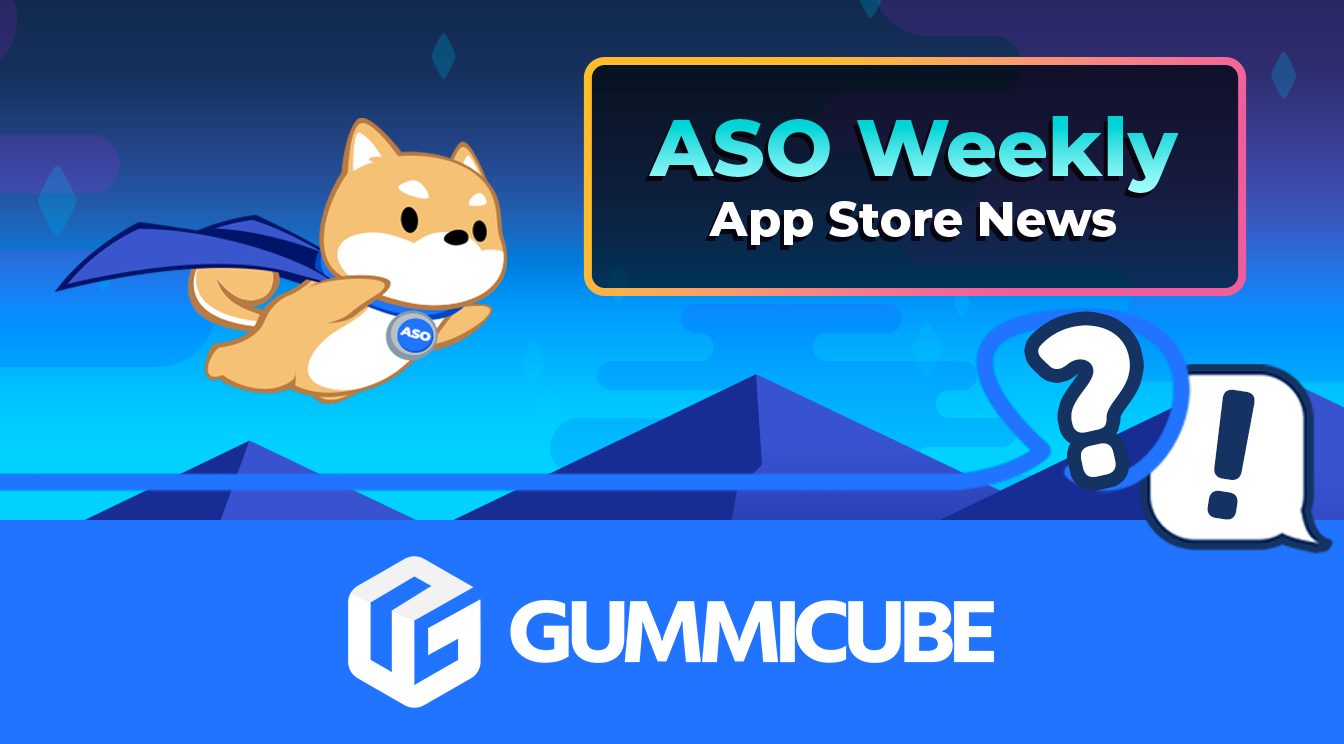
Welcome to this week’s ASO Weekly - The App Store halts gambling ads amidst outcry and the Apple takes a bite out of NFT app sales.